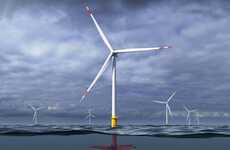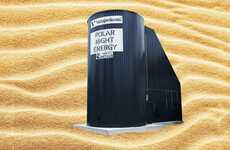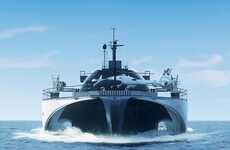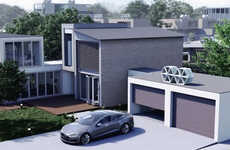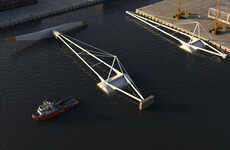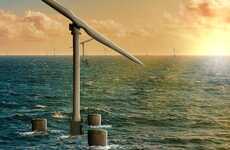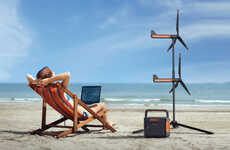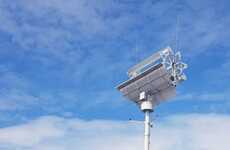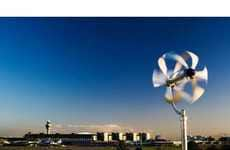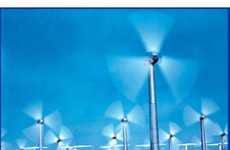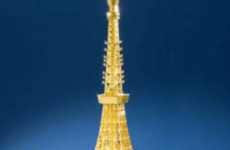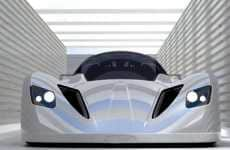
Using Compressed Air for Constant Clean Power
References: livescience
Wind farms are becoming one of the hottest topics in the search for clean energy sources. While the windmill itself is nothing new, they possess one major design flaw: What do you do when there is no wind?
Engineers have been working on the issue of energy storage for a while now and the newest concept is to store that energy underground in the form of compressed air.
Compressed air energy storage (CAES) works like this. When the wind is blowing but power demand is low in the surrounding community, an air compressor will be powered by the extra electricity. The compressor fills a large area, like an abandoned mine, with compressed air. Later, when the wind is not blowing but power demand is high, the compressed air will be released from the storage area in order to power a pneumatic generator that will meet all power demands.
This idea is far from perfect. There are not exactly a lot of places around with high winds, abandoned mines and large populations in need of power all in one neat little package.
Initial studies have also shown that this is not the most efficient way to store power due to leaky mines and the fact that compressed air gets too hot to handle. Currently only two operating CAES facilities exist in Germany and Alabama.
Engineers have been working on the issue of energy storage for a while now and the newest concept is to store that energy underground in the form of compressed air.
Compressed air energy storage (CAES) works like this. When the wind is blowing but power demand is low in the surrounding community, an air compressor will be powered by the extra electricity. The compressor fills a large area, like an abandoned mine, with compressed air. Later, when the wind is not blowing but power demand is high, the compressed air will be released from the storage area in order to power a pneumatic generator that will meet all power demands.
This idea is far from perfect. There are not exactly a lot of places around with high winds, abandoned mines and large populations in need of power all in one neat little package.
Initial studies have also shown that this is not the most efficient way to store power due to leaky mines and the fact that compressed air gets too hot to handle. Currently only two operating CAES facilities exist in Germany and Alabama.
Trend Themes
1. Compressed Air Energy Storage (CAES) - Disruptive innovation opportunity: Developing more efficient and reliable methods for storing renewable energy using compressed air.
2. Wind Farm Technology - Disruptive innovation opportunity: Designing wind farms with integrated energy storage solutions to overcome the challenge of intermittent wind supply.
3. Renewable Energy Storage - Disruptive innovation opportunity: Exploring alternative forms of energy storage that address the limitations of current solutions like compressed air storage.
Industry Implications
1. Energy Storage - Disruptive innovation opportunity: Developing advanced energy storage technologies for capturing and utilizing renewable energy sources.
2. Wind Energy - Disruptive innovation opportunity: Advancing wind turbine technology and infrastructure to improve efficiency and maximize power generation.
3. Clean Energy - Disruptive innovation opportunity: Creating innovative solutions for clean and sustainable energy production, storage, and distribution.
3.1
Score
Popularity
Activity
Freshness

